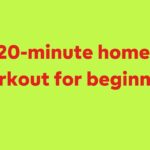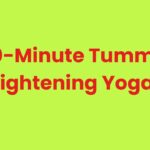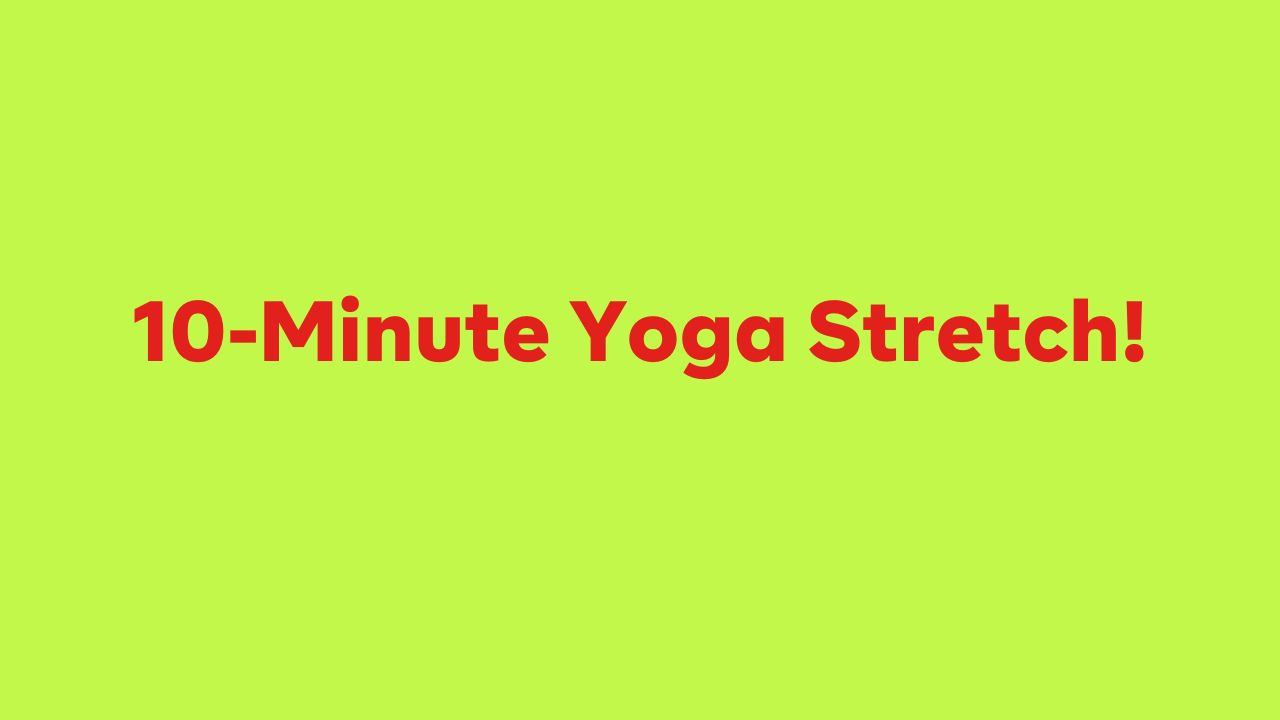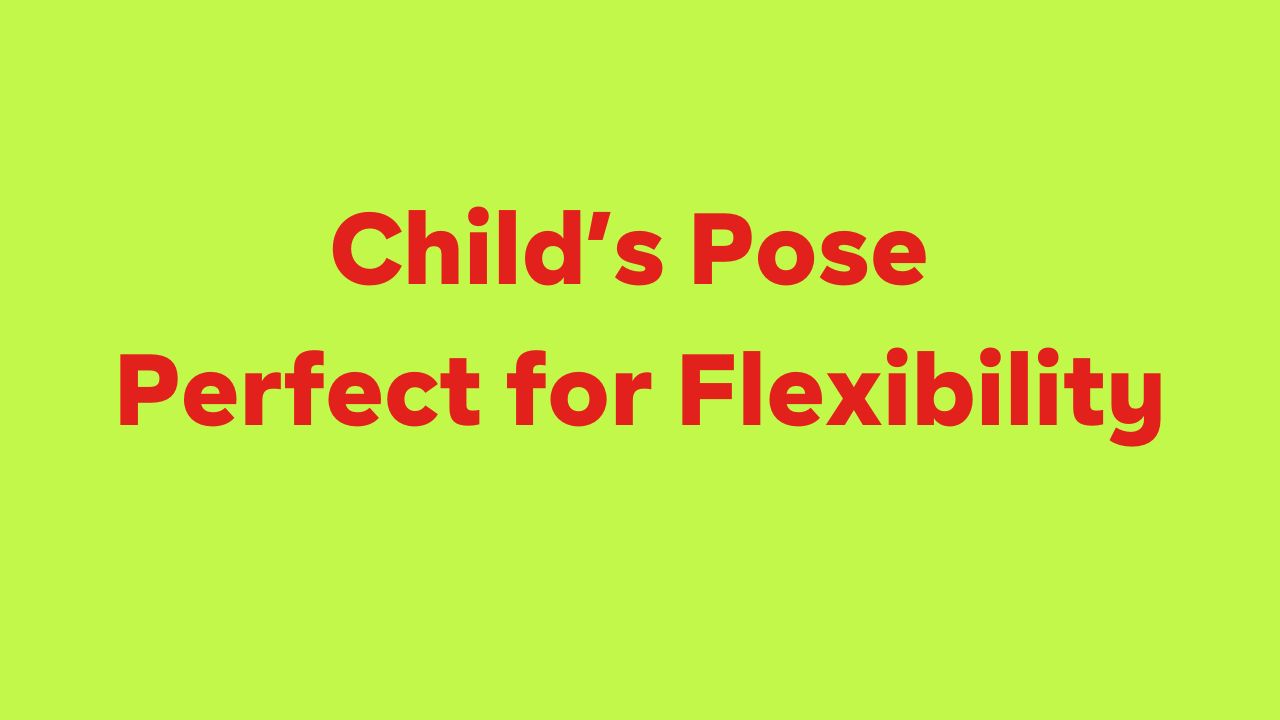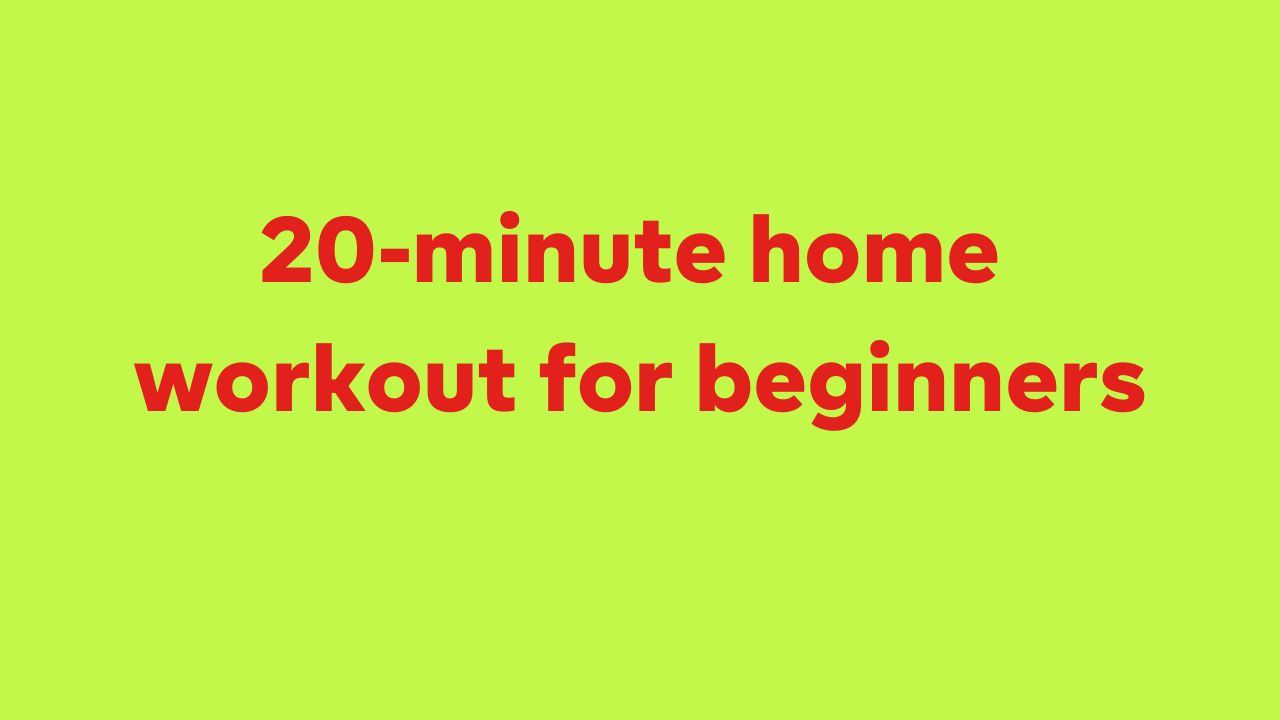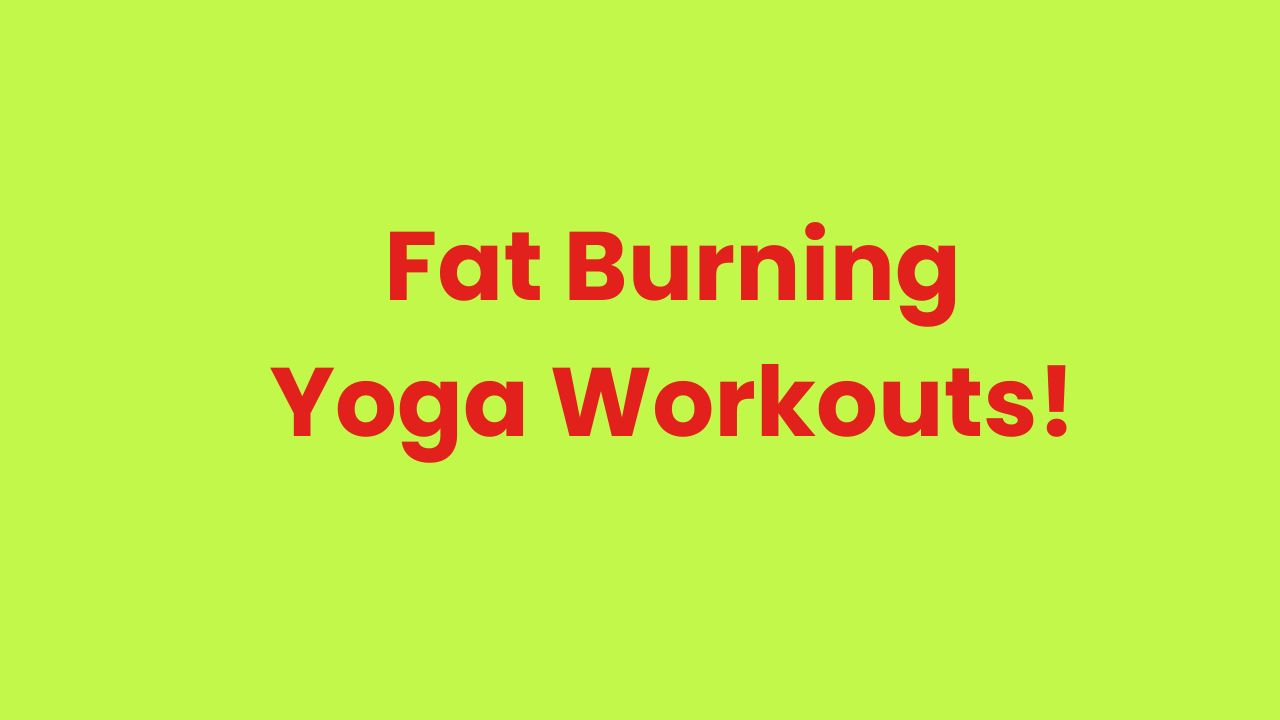Get ready for a sequence aimed at loosening tightness in your chest, shoulders, and hips, while also enhancing your posture. Begin by assuming child’s pose with your knees apart and arms extended in front of you to relax your head, neck, and shoulders.
Move on to downward facing dog, pushing through your hands and lifting your hips to stretch your chest and shoulders further. Do some gentle shoulder stretches and hip openers to release tension. Focus on maintaining good posture throughout the sequence, keeping your spine aligned and core engaged.
This routine will help improve flexibility and reduce any discomfort or tightness you might be feeling in these areas. Remember to breathe deeply through each movement to enhance relaxation and fostering a sense of well-being as you go through the sequence.
Begin by taking a deep breath in through your nose, and then exhale out through your mouth. Repeat the process, focusing on deep, steady breaths. This contributes to calming the body and refreshing the mind. Inhale again through your nose and release the tension as you exhale through your mouth.
As you continue to breathe deeply, slowly transition into a downward facing dog position. Stretch your arms and arch your back to improve posture and release any tension in the body. Downward facing dog is an excellent stretch for elongating the spine and relieving stiffness in the shoulders and back. Hold the position for a few breaths, focusing on maintaining steady breathing throughout. Enjoy this moment of relaxation before transitioning into your next pose or activity. Allow yourself to be fully present in each movement, always returning to mindful breathing for a sense of calm and rejuvenation.
How Downward Facing Dog Can Transform Your Posture and Confidence
To improve your posture and feel a gentle stretch in your body, start by positioning your feet slightly wider than the width of your yoga mat. Next, reach your right hand down towards your left ankle as you transition into a downward-facing dog twist. If you can’t reach your ankle, aim for your shin or even grab onto some part of your clothing to aid you in the twist.
Allow your head to hang down and focus on deepening each breath to help ease into the position without straining. Embrace this moment as an opportunity to rest and let your body naturally elongate and stretch in the twist. Once you feel ready, simply switch sides to balance out the stretch before coming back to a neutral position.
By repeating this sequence regularly, you can gradually improve your posture and experience greater flexibility in your body.
As you breathe, feel your upper back, chest, shoulders, legs, and hips creating space. Lower your left hand to the mat and then lower onto your hands and knees. For puppy dog pose, walk your hands forward, keeping your hips above your knees, and rest your forehead on the mat. This may feel intense, so try to stay calm by taking deep breaths in and out through your nose.
To deepen the stretch, try interlacing your hands together and bringing your thumbs to touch the back of your neck while pinching your elbows into the sides of your head. It’s important to note that postures like this may feel intense and uncomfortable; it’s completely normal when opening vulnerable areas of the body such as the torso and chest.
As challenging as it may be, it’s essential to push through these uncomfortable feelings as isolating yourself can lead to increased feelings of isolation. By opening up and embracing discomfort, you pave the way for compassion, love, and connection to flow into your life.
Remember that it’s okay to take breaks or modify the pose if needed, and always listen to your body’s signals. With practice, this posture can bring a sense of release and freedom while fostering a deeper connection with yourself.
Discover Inner Peace and Strength through Sphinx Pose Meditation
To deepen the stretch, try interlacing your hands together and bringing your thumbs to touch the back of your neck while pinching your elbows into the sides of your head. It’s important to note that postures like this may feel intense and uncomfortable; it’s completely normal when opening vulnerable areas of the body such as the torso and chest.
As challenging as it may be, it’s essential to push through these uncomfortable feelings as isolating yourself can lead to increased feelings of isolation. By opening up and embracing discomfort, you pave the way for compassion, love, and connection to flow into your life.
Remember that it’s okay to take breaks or modify the pose if needed, and always listen to your body’s signals. With practice, this posture can bring a sense of release and freedom while fostering a deeper connection with yourself.
Lie on your belly and turn your head to the left. Stretch your arms out behind you with palms facing up. Let your feet fall open and observe your shoulders rising and falling. Press into your back as you breathe. Bend your right arm at the elbow and bring it in line with your left hand. Roll onto your right side and open up your chest and shoulder. Put your left foot on the mat for support. If you feel open, lower your left hand behind you for a half bind. Breathe deeply to stay calm and in control.
Sphinx Pose Secrets Revealed: Unlocking Power and Flexibility in Yoga
As you begin the yoga pose, place your left foot on the mat as a kickstand to provide stability. If you are already feeling open, consider lowering your left hand behind you for a half bind. Remember to focus on lengthening your body without straining, and deepen your breath to maintain control and calm amidst any intensity you may feel during the practice. By using these techniques, you can enhance your experience and find peace within the challenge of the poses. Practicing mindfulness in each movement will allow you to connect with your body and harness the power of controlled breathing to guide yourself through the practice.
This pose requires you to deepen your breath further, taking three big exhales before slowly lowering down and switching sides.
As you transition to the other side, place your left ear down and extend your left arm like a cactus arm with the elbow in line with your shoulder and the palm flat on the ground.
Press into your right hand to roll your body onto the left side, remembering that you can use a kickstand for support as you did on the other side.
This motion helps to stretch and open up the muscles on both sides of your body, promoting flexibility and relaxation. Take your time and listen to your body’s cues as you move through this sequence, allowing yourself to find a comfortable position for each step.
Take a deep breath and slowly release it. Assume a prone position with your knees bent.Reach back and grab the outer edges of your feet with your hands. Keep your knees hip-distance apart, roll your shoulders back, and use your leg strength to lift your chest off the mat. Try to lift up a little bit and keep your neck in line with your spine.
As you start the gentle movements, feel your belly rise and fall with each breath, sinking further into the mat. Let a soft smile grace your face as you revel in the comforting sensation. Slowly open up to allow yourself to fully immerse in the moment, finding ease in releasing any tension.
You have the power to guide this experience at your own pace, choosing precisely when to grant yourself full relaxation. With care, plant your hands beneath your shoulders and carefully press back into child’s pose, feeling every tightness begin to melt away.
Each exhale allows your hips to soften and your lower back begins to release any built-up strain. Sense the relief as your shoulders, neck, and jaw unclench and relax with each deep breath. Take a moment for yourself; keep breathing deeply and let tranquility wash over you.
Relax and walk your right hand to the right edge of your mat. Then, walk your left hand to place on top of your right.
Use your breath to create more space between your ribs and under your left shoulder. Walk your hands back to the center and place your left hand on the left side of your mat with your right hand on top.
Relax and deepen your breath through your nose. Come back to center, relax your head, neck, and shoulders. Inhale deeply through your nostrils and then breathe out through your mouth.


